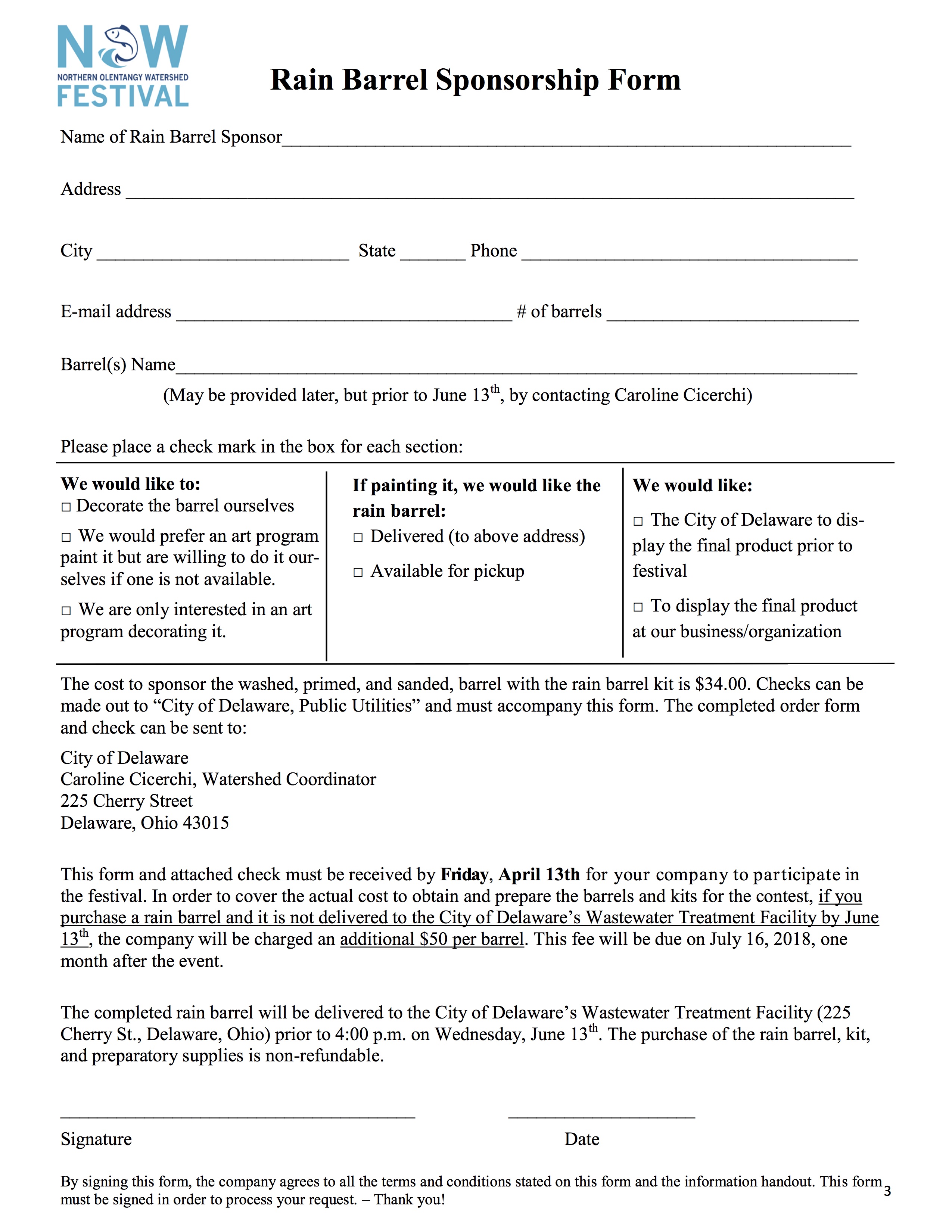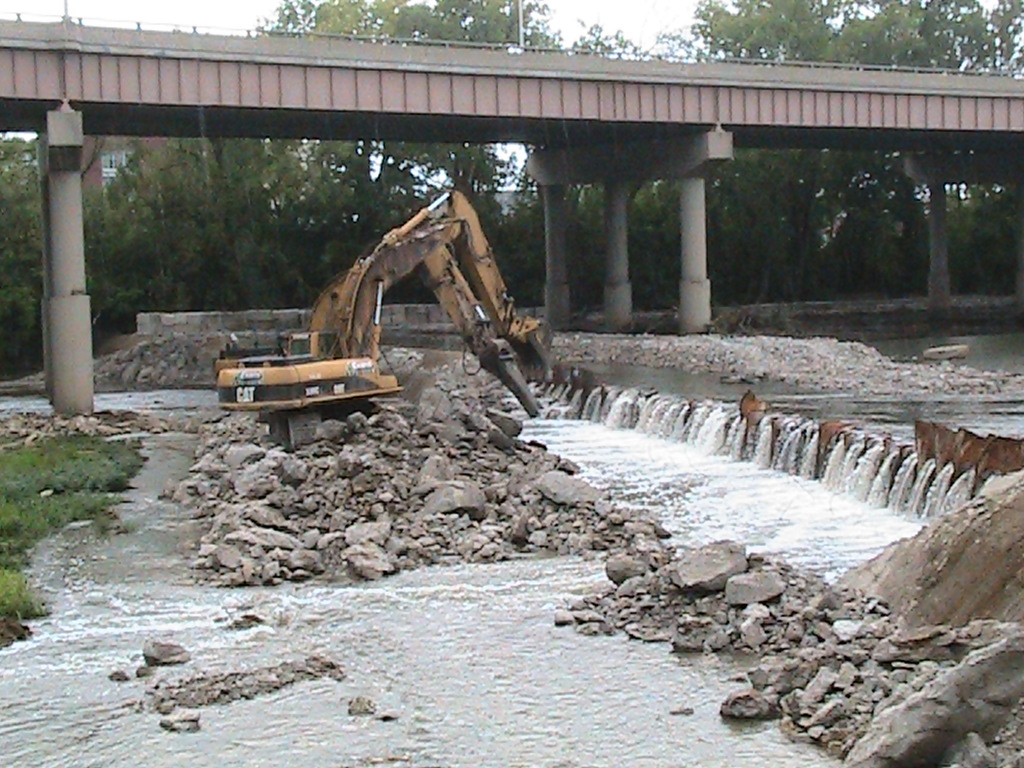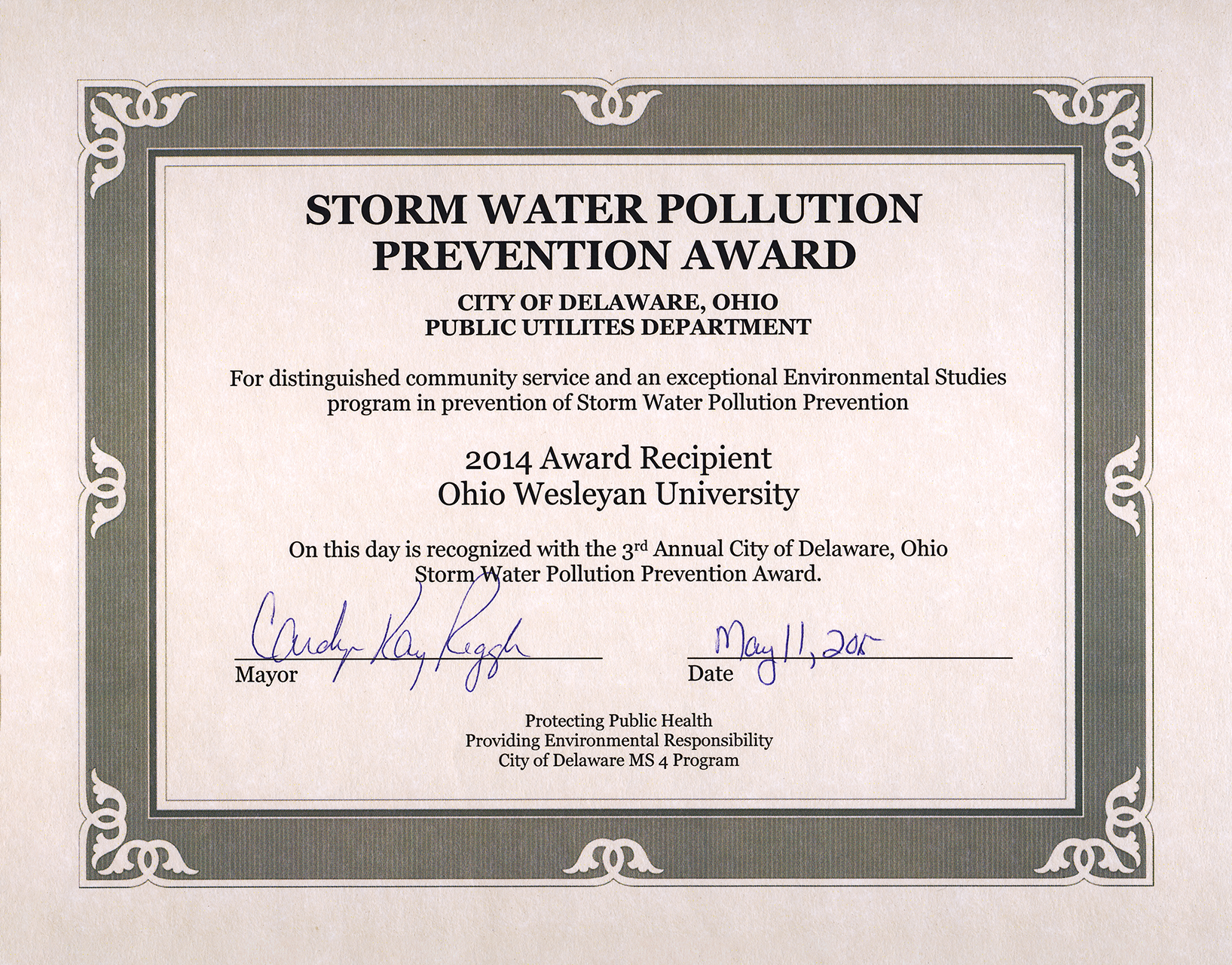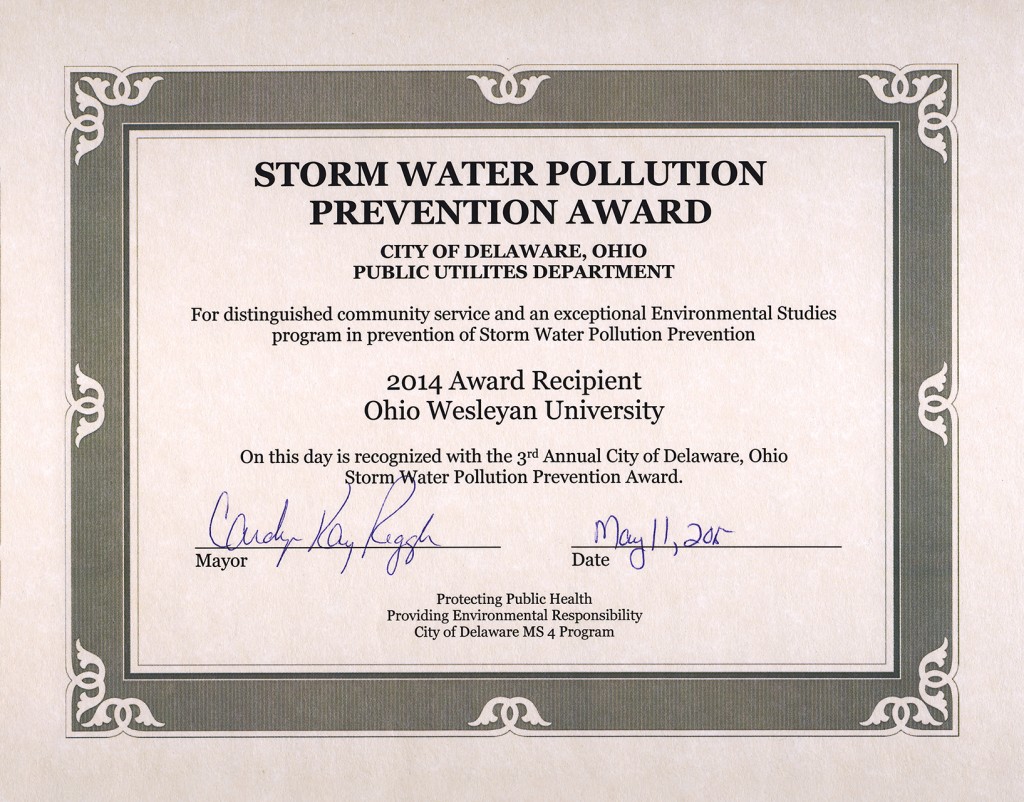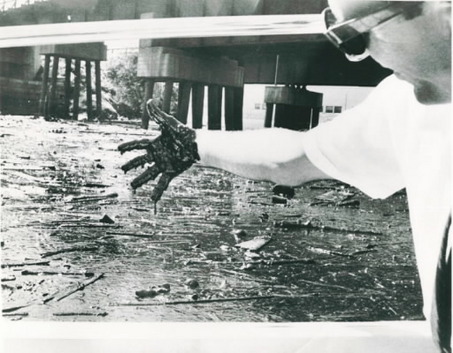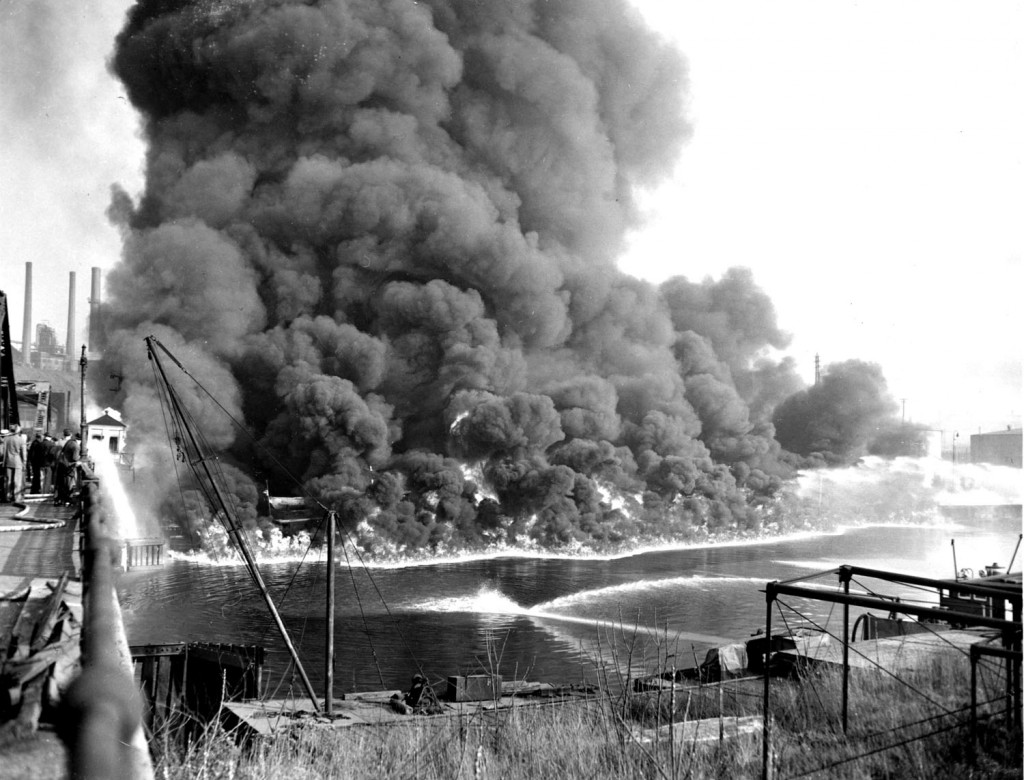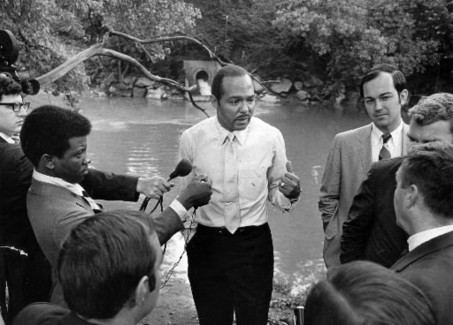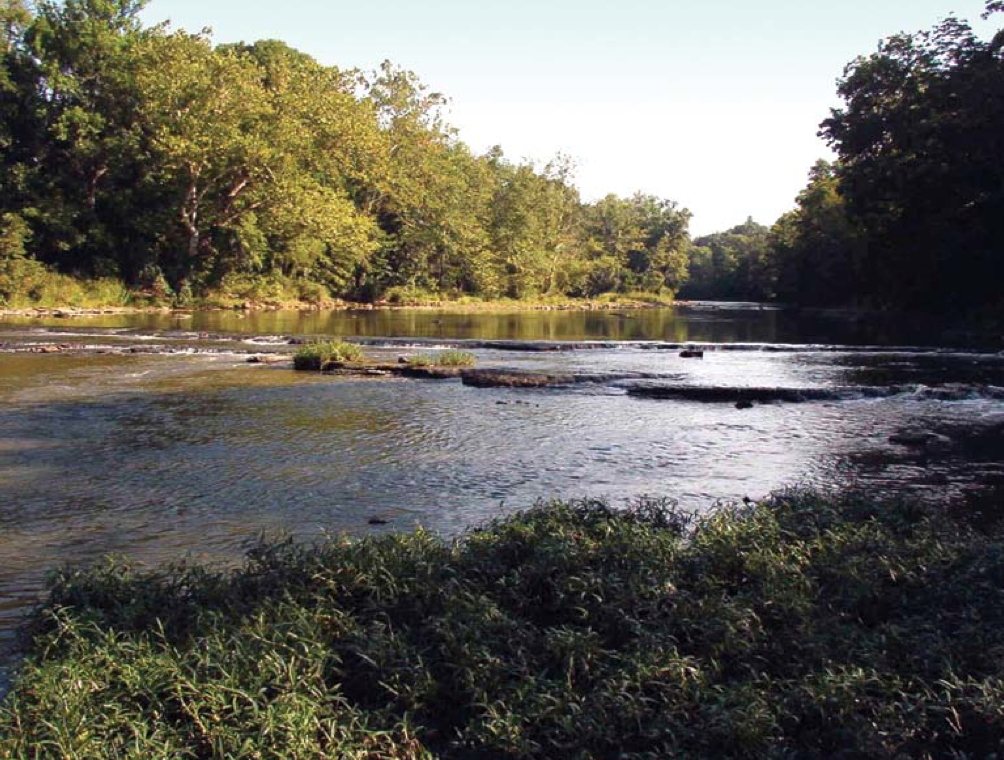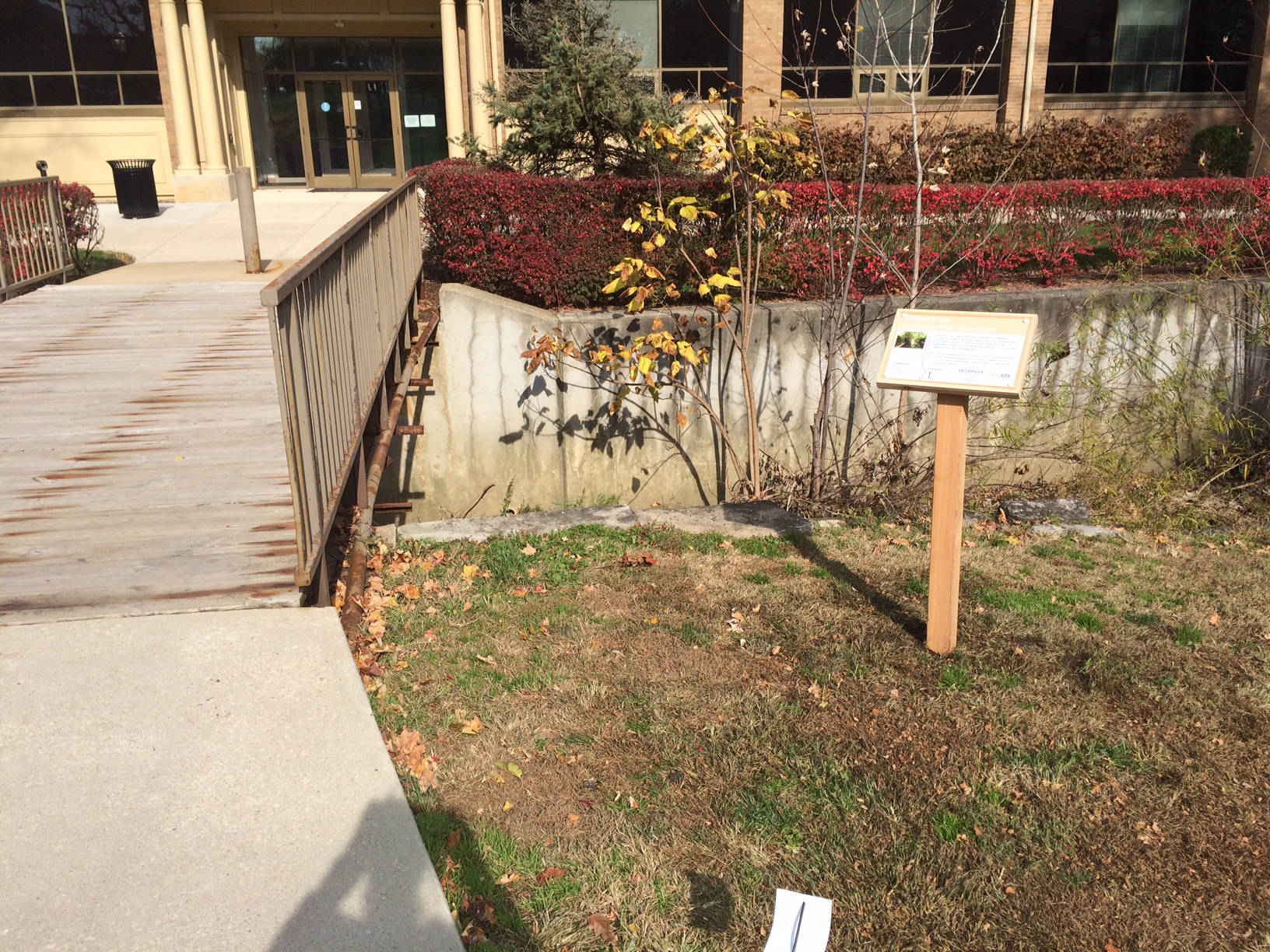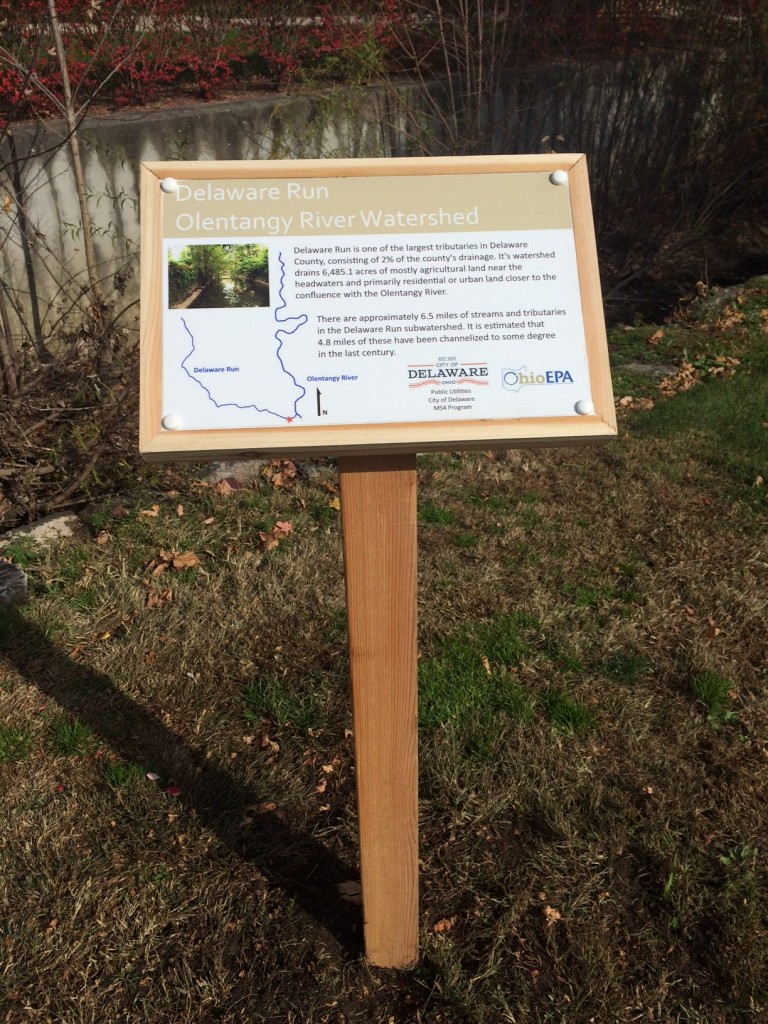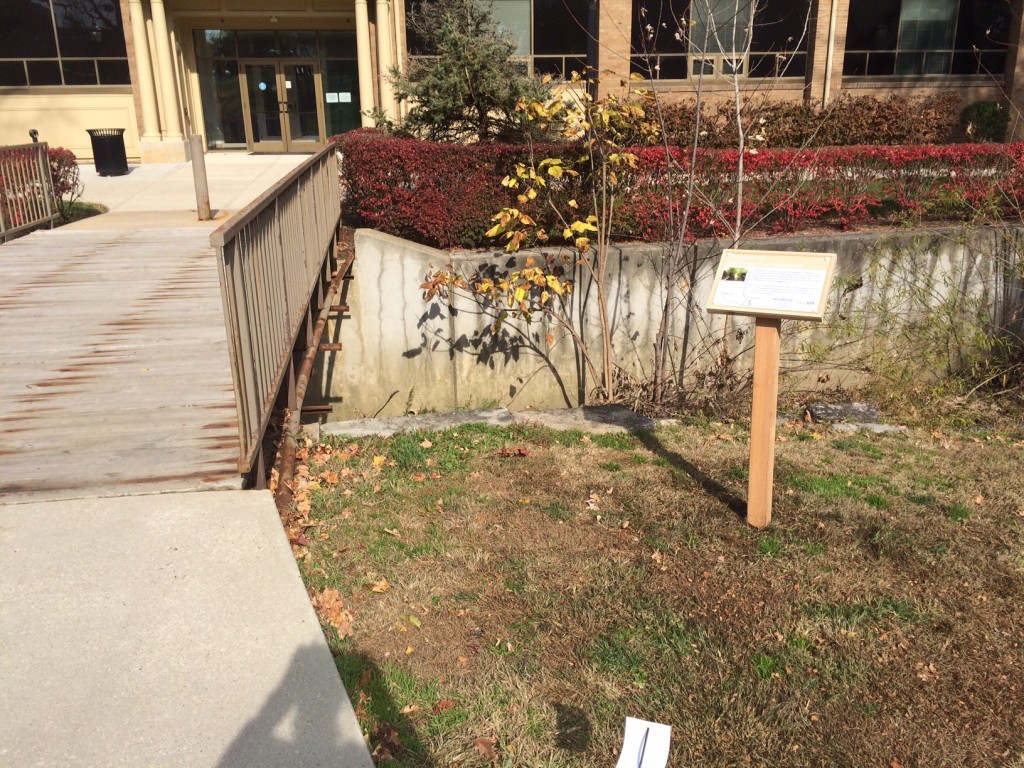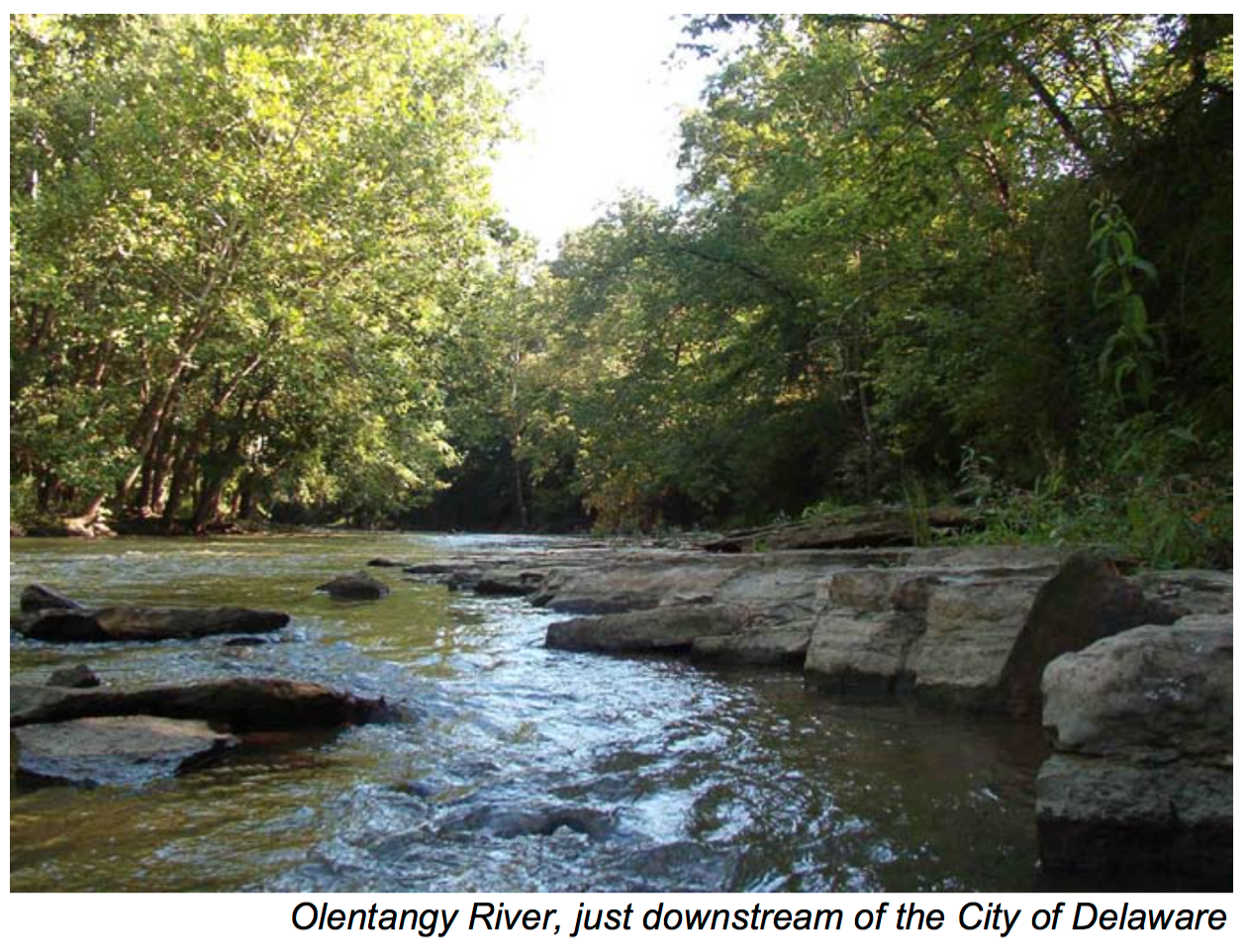
Photo source: Ohio EPA
15th Annual Olentangy Watershed Forum: Wednesday, October 10, 2018
Organized and Sponsored by:
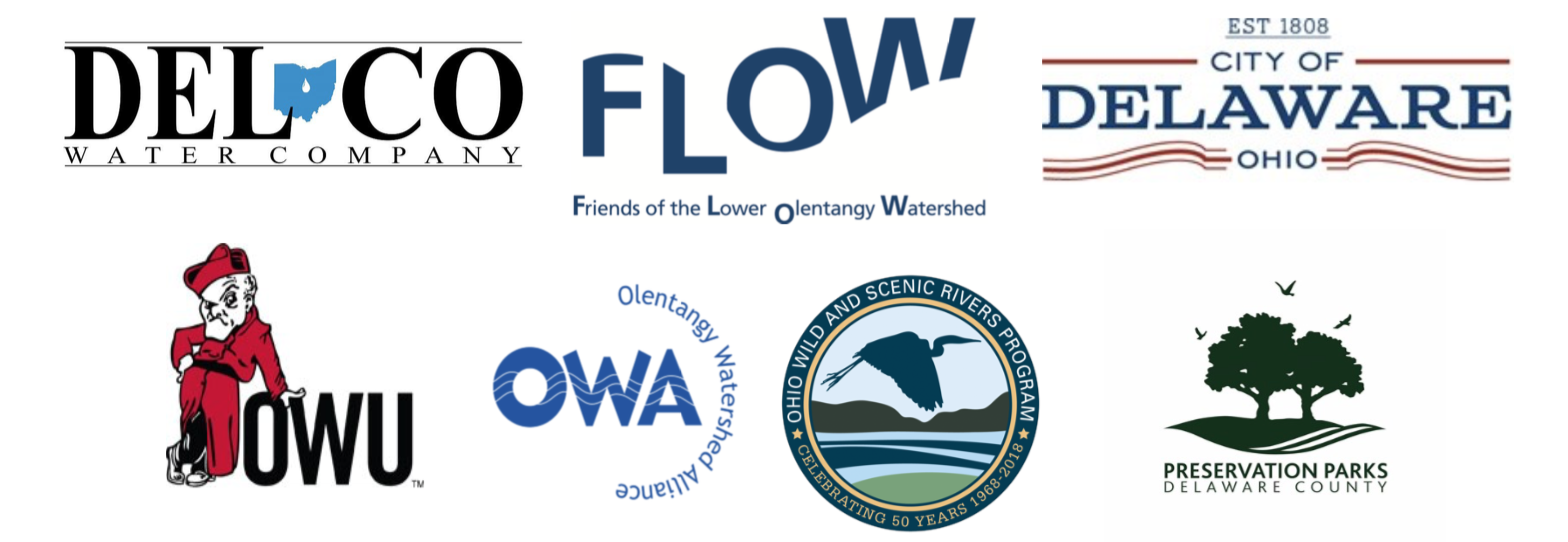
When: Wednesday, October 10, 2018, from 8 a.m.— 3:30 p.m.
Registration: There is no cost, and lunch is included. Pre-registration requested by Monday, October 1st. To register, please contact Erin Gibson at egibson@delcowater.com or 740-548-7746 ext. 2221.
Where: Ohio Wesleyan University
3rd floor of Merrick Hall: One building west of 50 South Henry St., Delaware 43015
*Parking in Selby Stadium Lot, 45 South Henry St.*
For the past 15 years, the Olentangy Watershed Forum has connected citizens and experts who wish to explore issues that impact the quality of life in the watershed. Please join us for state-of-the-watershed updates by the sponsors listed above along with Delaware Soil & Water Conservation District, the American Kayaking Association, and more! The cost to attend the Forum is free but registration is required. Seating is limited to 70, so walk-ins will be accommodated if space is available. Lunch will be provided. Participants can also expect a short walking tour to the proposed Delaware Run Restoration site.
Press Release: Here
Preliminary Agenda
8:00 – 9:00 Doors open for registration, coffee, and networking session
9:00 – 9:10 Welcome and Introduction – Caroline Cicerchi, City of Delaware
9:10 – 9:50 Delaware Soil & Water Conservation District, “Be the Change for Clean Water”
9:50 – 10:20 Heather Doherty, ODNR Scenic River Program, “Celebrating 50 Years of Ohio Scenic Rivers”10:20 – 10:35 BREAK
10:35 – 11:05 Dr. John Krygier, Ohio Wesleyan University, “Delaware Run Restoration Project”
11:05 – 11:45 Tour – Delaware Run restoration site
11:45 – 12:45 Lunch (included) and Networking
12:45 – 1:05 Jason Kentner, “Visioning for the Olentangy Watershed”
1:05 – 2:25 State of the Watershed Updates
1:25 – 1:40 BREAK
Update from Friends of the Lower Olentangy Watershed (FLOW) by Ryan Pilewski regarding the greenspace planning in the Olentangy. FLOW was formed as a non-profit 501(c)3 in August 1997. FLOW’s mission is to keep the Olentangy River and its tributaries clean and safe for all to enjoy, through public education, volunteer activities, and coordination with local decision-makers.
Update from Del-Co Water by Jeff Kauffman. Del-Co Water Company, Inc. was formed in 1969 and provides quality drinking water to seven counties (Delaware, Morrow, Marion, Knox, Franklin, Union, and Crawford) serving a population of over 140,000.
Update from Preservation Parks by Chris Roshon. The mission of Preservation Parks of Delaware County is to protect and conserve the natural and historic features of Delaware County and to inspire outdoor exploration and learning.
Update from City of Delaware and Olentangy Watershed Alliance (OWA) by Caroline Cicerchi. The City of Delaware works diligently to protect existing storwmater infrastructure as well as the Olentangy River and its tributaries through its Stormwater Management Plan. OWA was formed as a non-profit in April 1999, with a mission to work in partnership with agriculture, urban, and other local communities to understand, appreciate, and responsibly use the Olentangy River, its tributaries, and watershed.
2:25 – 2:45 Sami Spiezio, American Kayaking Association, “Recreational Opportunities on the Olentangy”
2:45 – 3:15 Paul Freedman, City of Columbus, “Columbus Zoning Updates”
3:15 – 3:30 Eric Saas, Ohio EPA, “Rush Run Monitoring”
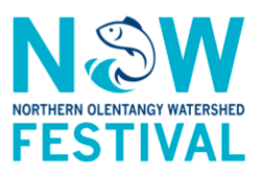 Since 2014, the City of Delaware has organized the
Since 2014, the City of Delaware has organized the  Rain barrels have become increasingly popular. As a community, we can increase this popularity by making them more visually appealing. Businesses, organizations, and individuals have the opportunity to fund a rain barrel with an installation kit for $34. The cost includes sanding, washing, and priming each barrel before it is given for painting. The barrels can be both sponsored and painted by the same entity, or a request can be made for a local art class to paint it. These barrels will be raffled off at the NOW Festival on June 16th at Mingo Park and proceeds will go to help support the Upper Olentangy River Watershed.
Rain barrels have become increasingly popular. As a community, we can increase this popularity by making them more visually appealing. Businesses, organizations, and individuals have the opportunity to fund a rain barrel with an installation kit for $34. The cost includes sanding, washing, and priming each barrel before it is given for painting. The barrels can be both sponsored and painted by the same entity, or a request can be made for a local art class to paint it. These barrels will be raffled off at the NOW Festival on June 16th at Mingo Park and proceeds will go to help support the Upper Olentangy River Watershed.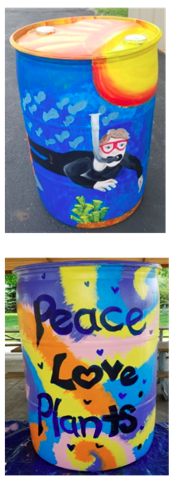 All painted barrels will need to be delivered to the City of Delaware’s Wastewater Treatment Plant Facility (225 Cherry St., Delaware, OH) before 4:00 p.m. on Wednesday, June 13th.
All painted barrels will need to be delivered to the City of Delaware’s Wastewater Treatment Plant Facility (225 Cherry St., Delaware, OH) before 4:00 p.m. on Wednesday, June 13th.